As one of the pillars of the survival horror genre, Resident Evil has managed to withstand the test of time and remain a powerhouse of the gaming industry after nearly three decades having passed since its debut. Across all of its major entries, the plethora of infected enemies faced by the player has long since surpassed the simple classification of shambling zombies. Throughout a saga of titles which have delved into nearly every angle of this world’s bioweapon-driven conflicts, a wide array of bosses have etched themselves into the history of Resident Evil.
Between the T-Virus, G-Virus, Las Plagas, Ouroboros, C-Virus, Mold, Cadou, and beyond, there has been no shortage of pathogens to create unnatural evolution in various lifeforms throughout the events of the Resident Evil series. These have often originated from maddened villains who ultimately infected themselves and became monstrous enemies, but not all of these threats follow the same structure. Across over 20 years of releases, several major foes and schemers of RE have proven to be icons of video games as as whole, but just as many have managed to end up in obscurity or infamy alike.
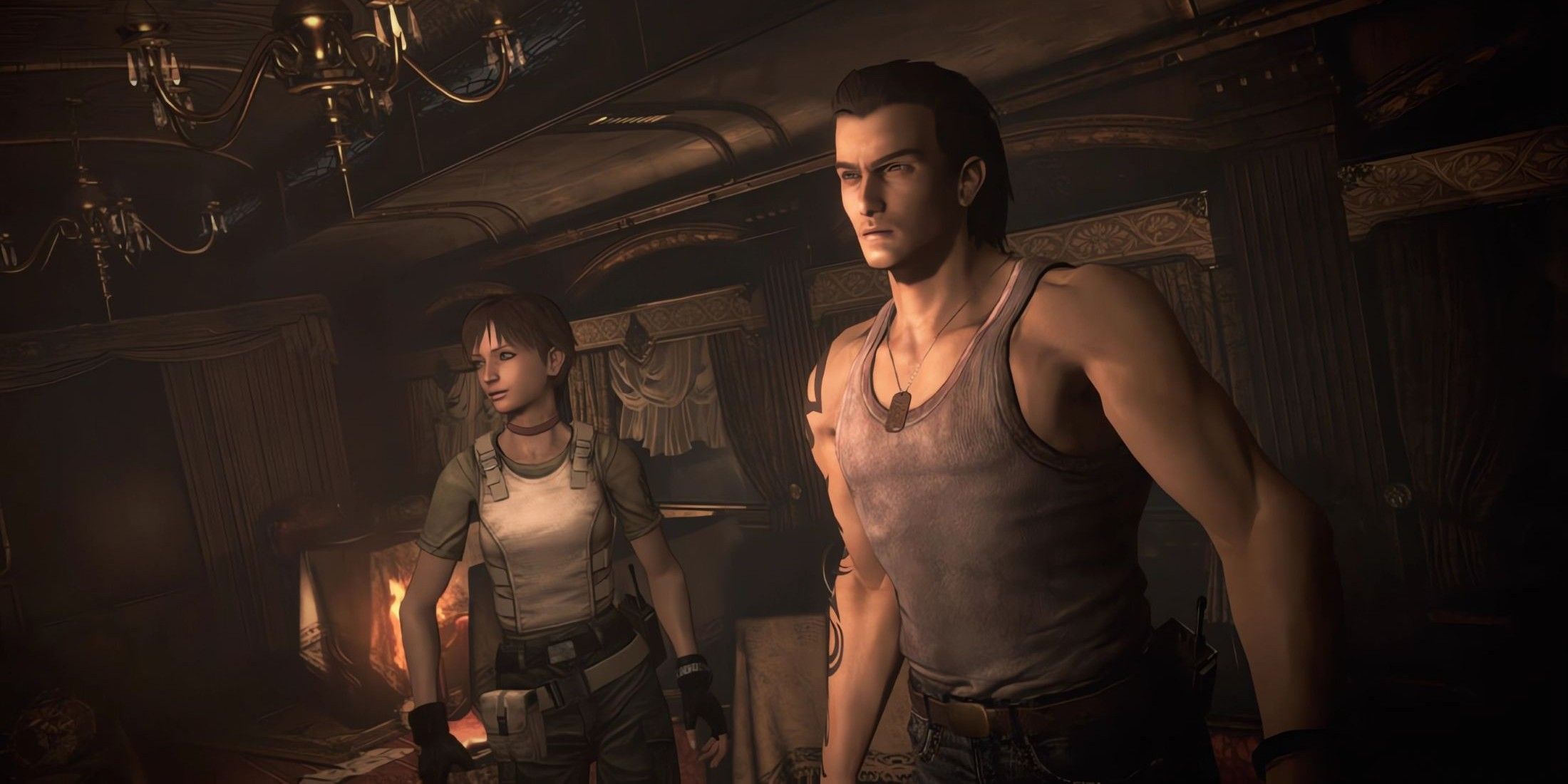
Related
Resident Evil 0 Remake’s Rumored Partnership Feels Like History Repeating Itself
The rumored Resident Evil 0 remake could repeat history if recent reports about an alleged marketing deal for the game actually come to fruition.
S-Tier Bosses
Apex Predators of the Franchise
- Tyrant T-002 Model (RE)
- William Birkin G-Stage 3 (RE2)
- William Birkin G-Stage 4 (RE2)
- Super Tyrant Mr. X (RE2)
- Nemesis-T Type First Form (RE3)
- Nosferatu (RE: Code Veronica)
- Verdugo (RE4)
- Jack Krauser (RE4)
- Neil Fisher (RE: Revelations 2)
- Jack Baker (RE7)
With multiple encounters that build up to a climactic fight, the Tyrant from the original Resident Evil offers an iconic and satisfying conclusion when defeated with that game’s rocket launcher. This began a trend of similar bosses taking up archetypal roles as antagonists with heavy screen presence in the series moving forward, beginning with William Birkin in the sequel. The third and fourth stages of his G-Virus infection represent a transition between his humanoid peak and monstrous descent, setting the tone for years to come.
While outliers such as Nosferatu in CV make the most of more animalistic inspiration through its spider legs, for example, many of the Resident Evil franchise’s best bosses have a terrifying presence as “evolved humans”. Whether it’s Nemesis’ relentless pursuit, Krauser’s retaining of his humanity as he mutates, or Jack Baker eventually representing a return to this formula with far more personality, many peaks of the IP lie in moments with these recognizable distortions of humanity. In a series where major foes often have multiple transformations leading up to their eventual demise, it’s not often the final form of a boss which gets recognized as their greatest variant.
A-Tier Bosses
Compellingly Twisted and Visually Distinct Adversaries
- Yawn (RE)
- Black Tiger (RE)
- Mr. X (RE2)
- William Birkin G-Stage 2 (RE2)
- Nemesis-T Type Second Form (RE3)
- Alexia Ashford First Form (RE: Code Veronica)
- Alexia Ashford Second Form (RE: Code Veronica)
- Lisa Trevor (RE remake)
- Queen Leech (RE Zero)
- Ramon Salazar (RE4)
- Executioner (RE5)
- Popokarimu (RE5)
- Albert Wesker (RE5)
- Lepotica (RE6)
- Ustanak (RE6)
- Mia (RE7)
- Marguerite Baker (RE7)
- Jack Baker Swamp Man Form (RE7)
- Donna Beneviento (RE Village)
- Mother Miranda (RE Village)
- Salvatore Moreau (RE Village)
They might not transcend the fandom for a wider appeal, but these battles have memorable mechanics and atmospheres which stand out as emblematic of the best of RE‘s zombie sprawl. Despite the questionable lore behind its origin, both of Queen Leech’s forms manage to be highlights of Zero‘s odd batch of animal-themed monsters. The well-known base form of Mr. X in Resident Evil 2 almost holds up as much as its eventual evolution, while Birkin’s second stage, the headless Nemesis, or Ramon Salazar all feel like vital parts of their respective titles. Popokarimu and Ustanak are redeeming factors of two less well-received games through their recurring natures, while the later era bosses of RE7 and Village flip familiar horror tropes into accessible aspects of bioweapon-based worldbuilding through their spectacle.
Ranging from Mia’s attack on the player being a domestic nightmare to the more traditionally grotesque encounter with Marguerite, the soft reboot set the tone for innovation through experiments which paid off. Depending on how much of the time spent in her domain is considered part of the illusory fight against Donna Beneviento, she might be one of the most creative users of the Mold’s power in the series. Facing Mother Miranda after her followers in Resident Evil Village might not be the peak of the title which she spearheaded, but her esoteric, mystical theming and challenging nature provide hope for nuance in future titles.
B-Tier Bosses
Concepts That Shine Greater Than Their Execution
- Plant 42 (RE)
- G-Virus Spawn (RE2)
- Giant Crocodile (RE2)
- William Birkin G-Stage 1 (RE2)
- Gravedigger (RE3)
- Nicholai Ginovaef (RE3)
- Nemesis-T Type Third Form (RE3)
- Tyrant T-078 Model 1 (RE: Code Veronica)
- Giant Black Widow (RE: Code Veronica)
- Centurion (RE Zero)
- Proto Tyrant (RE Zero)
- El Gigante (RE4)
- Dr. Salvador (RE4)
- Bella Sisters (RE4)
- Osmund Saddler (RE4)
- Chainsaw Majini (RE5)
- Ricardo Irving (RE5)
- U-8 (RE5)
- Albert Wesker and Jill Valentine (RE5)
- Chain Gun Majini (RE5)
- Simmons Beast/Centaur Form (RE6)
- Mutated Deborah (RE6)
- Iluzija (RE6)
- Haos (RE6)
- Ubistvo (RE6)
- Carla (RE6)
- Comms Officer (RE: Revelations)
- Rachael (RE: Revelations)
- Jack Norman (RE: Revelations)
- Pedro (RE: Revelations 2)
- Alex Wesker (RE: Revelations 2)
- Lucas Baker (RE7)
- Dimitrescu Daughters (RE Village)
- Sturm Propeller Head (RE Village)
- Lady Dimitrescu (RE Village)
- Eveline Child Form (RE Village)
While their concepts ultimately hold up, many of the bosses in the middle of the pack end up falling short of their designs. Plant 42 started this pattern as a potentially frustrating fight which can betray its creativity, while Birkin’s first stage mainly functions to set up his later forms, and Irving would later act as a notable instance of untapped potential after being limited to a single battle. Conversely, the lackluster giant worm niche of Gravedigger has left its omission from the Resident Evil 3 remake as something that’s not often cited as a weakness.
Even though El Gigante can end up overstaying its welcome across multiple encounters in RE4, it holds up better than the similar enemies it later inspired. The same effect of comparison makes Nemesis’ final form feel better than most monstrous blob-like final bosses in the series, and the same goes for the less offensive forms of Simmons and the HAOS BOW in RE6. While Lady Dimitrescu in Resident Evil Village might have become an icon in her own right, the dragon-inspired shape she takes in her actual fight is far less recognizable and tense to face. Evoking classic Tyrant suspense is always a plus, but the teleport-based design of Jack Norman and the odd pacing of Revelations shows how the motif isn’t enough to carry an encounter alone.
C-Tier Bosses
Deeply Flawed Yet Fascinating
- William Birkin G-Stage 5 (RE2)
- Gulp Worm (RE: Code Veronica)
- Zombie Doctor (RE: Code Veronica)
- Adult Albinoid (RE: Code Veronica)
- Tyrant T-078 Model 2 (RE: Code Veronica)
- Mutated Steve Burnside (RE: Code Veronica)
- Alexia Ashford Third Form (RE: Code Veronica)
- Crimson Head Prototype (RE remake)
- Stinger (RE Zero)
- Giant Bat (RE Zero)
- J.J. (RE4)
- U-3 (RE4)
- Del Lago (RE4)
- Father Mendez (RE4)
- Ndesu (RE5)
- Uroboros (RE5)
- Uroboros Mkono (RE5)
- Uroboros Aheri (RE5)
- Albert Wesker Uroboros Form (RE5)
- Brzak (RE6)
- Ogroman (RE6)
- Helicopter (RE6)
- Simmons Giganotosaurus Form (RE6)
- Simmons Mega Fly Form (RE6)
- Draghihnazzo (RE: Revelations)
- Malacoda (RE: Revelations)
- Durga (RE: Revelations 2)
- Vulcan Blubber (RE: Revelations 2)
- Fat Molded (RE7)
- Giant Molded (RE7)
- Jack Baker Second Form (RE7)
- Eveline (RE7)
- Urias Strajer (RE Village)
- Urias Drac (RE Village)
- Varcolac Alfa (RE Village)
- Karl Heisenberg (RE Village)
- Masked Duke (RE Village)
While a sizable number of the lesser offerings of RE bosses still have fascinating designs, which range from horrifying to uncannily impressive, many of them unfortunately end up falling into the category of “bullet sponges” in terms of actual gameplay. Following the exciting progression of his arc, William Birkin’s final form in Resident Evil 2 is just an amorphous blob of flesh which simply needs to be riddled with bullets instead of thoughtfully approached.
This kind of design then persisted throughout the entire franchise in some form, with the Eveline final boss in Resident Evil 7 having become one of the most obvious examples of a potentially dynamic survival horror encounter being reduced to an action sequence. The same can apply to all the turret-based sections over the years, ranging from Ogroman to Malacoda. Simmons’ absurd transformations at the end of RE6 fall into a similar place from the disparity between his states alone, as the shift from dinosaur to a giant fly has become a common point of ridicule when it comes to the finale of the controversial entry.
There’s still some scary appeal to the likes of the Giant Bat from Zero or Oroboros Mkono in RE5, but the frustrating systems that have to be overcome in order to achieve optimal results against them leaves them all falling into the same category as the notoriously tricky battle against the final form of Alexia Ashford in Resident Evil: Code Veronica. Further, several enemies barely qualify as proper boss encounters, with everything from RE remake’s first Crimson Head to the various Urias-type enemies faced in Village acting as glorified normal foes who just annoyingly impede player progression by being mandatory.
Source link
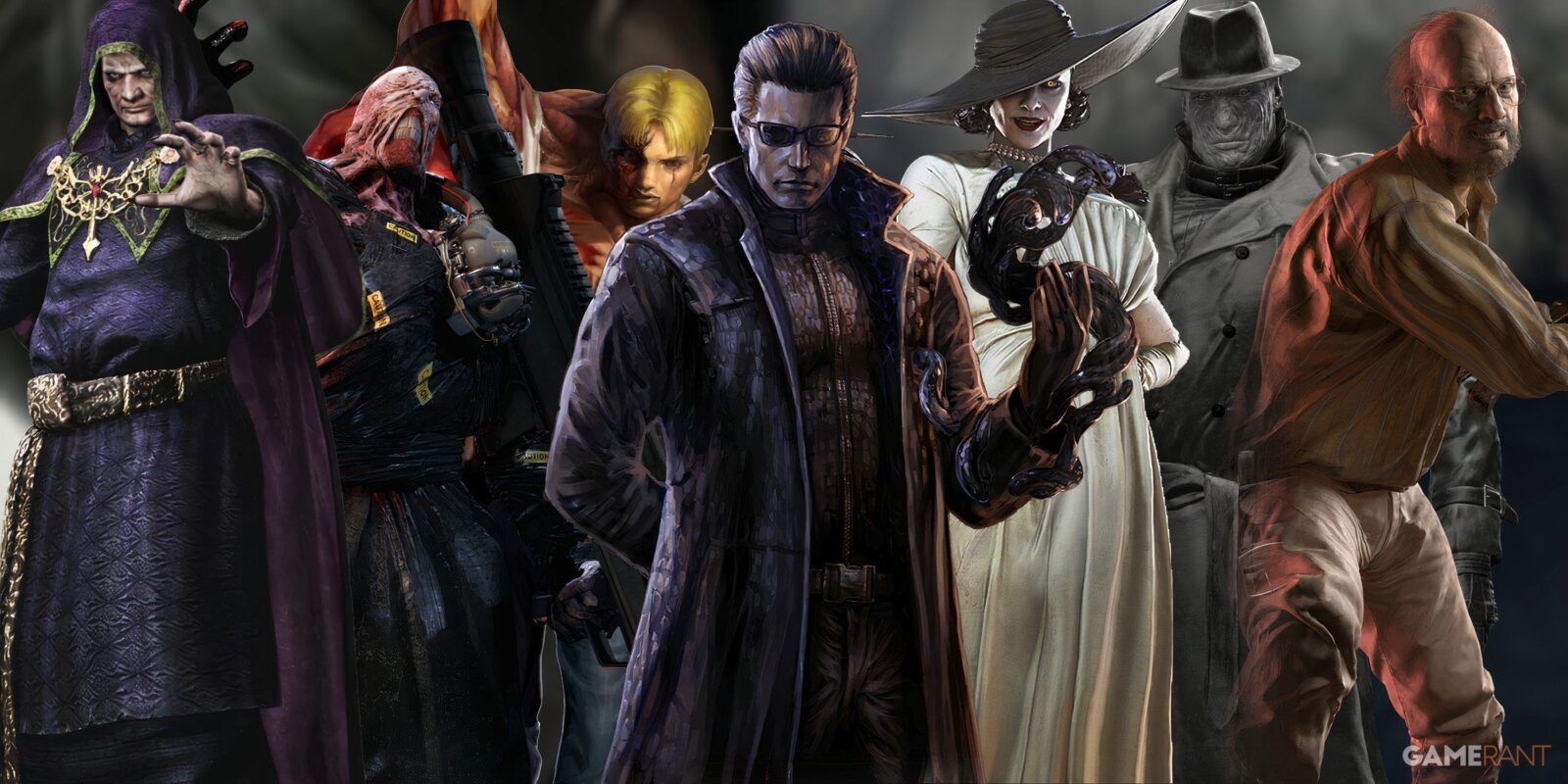

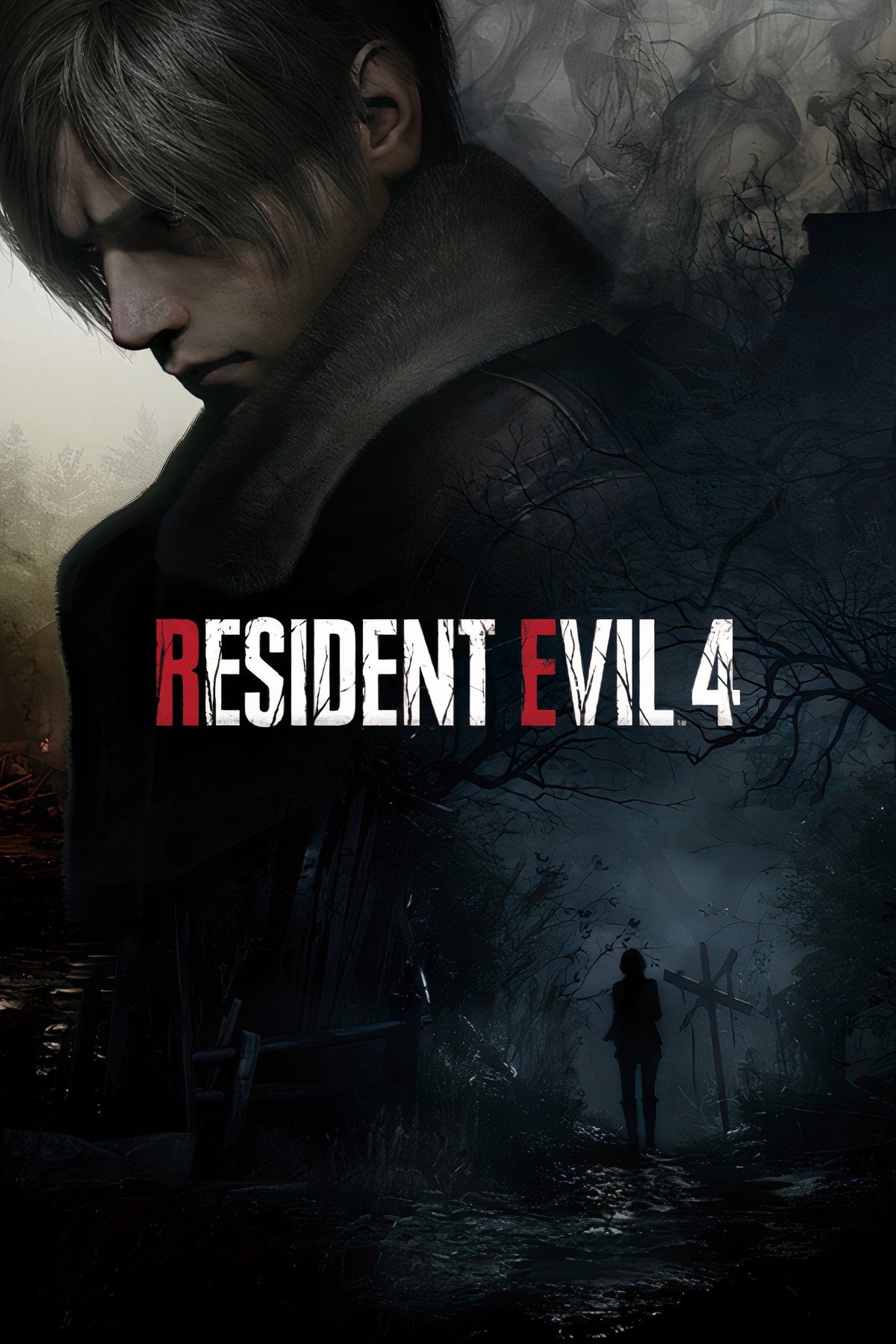



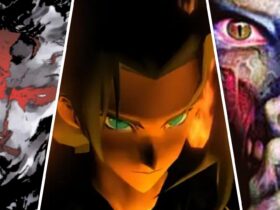




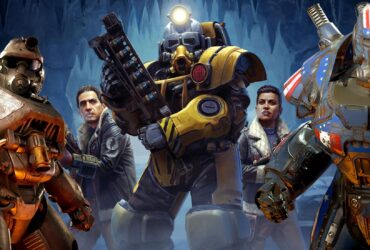
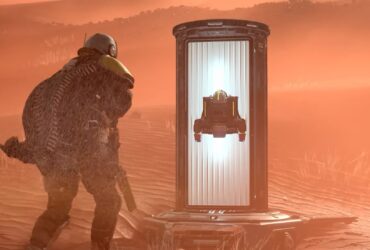

Leave a Reply